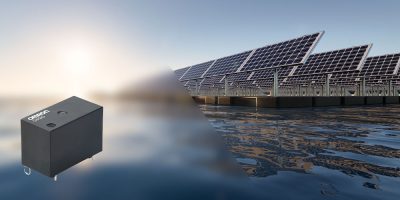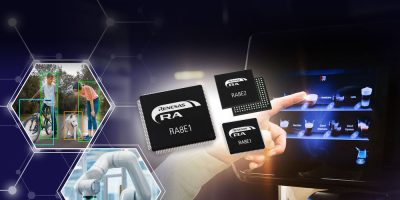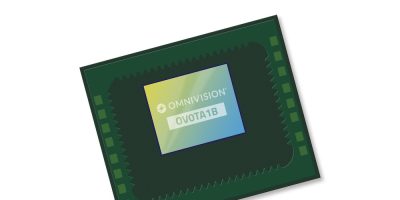ST AIoT Craft, a new web-based tool from ST, simplifies developing and provisioning node-to-cloud AIoT (Artificial Intelligence of Things) projects that use the machine-learning core (MLC) of ST’s smart MEMS sensors.
The MLC is unique to the ST MEMS portfolio and enables decision-tree learning models to run directly in the sensor. Capable of operating autonomously, without host-system involvement, the MLC ensures low latency with low power consumption and efficiently handles tasks that require AI skills such as classification and pattern detection.
ST AIoT Craft also integrates all the steps needed for developing and provisioning IoT projects that leverage the MLC for in-sensor AI and offers a secure and user-friendly approach. There is robust cyber protection for data in the cloud and the web-based tool is conveniently accessed online without downloading to desktop. This saves time for users as it requires no installation, and eases collaboration between different team members such as as AI specialists and embedded software engineers.
The tool provided for creating decision-tree models includes the AutoML function, which automatically selects optimal attributes, filters, and window size for sensor datasets. This framework also trains the decision tree to run on the MLC and generates the configuration file to deploy the trained model. For beginners it is a quick and easy introduction to ST smart sensors that simplifies developing AI applications. In addition, to provision the IoT project, the gateway can be programmed with the Data Sufficiency Module (DSM) tool that intelligently filters data points for transmitting to the cloud, to optimise communication and minimise power consumption, and facilitates future retraining.
Users can find examples that show how to work with decision trees to build IoT sensor-to-cloud solutions, including fan-coil monitoring, asset tracking, human activity recognition, and head gestures. The examples are ready to flash and run for evaluation in ST reference IoT boards such as SensorTile.box Pro, STWIN and STWIN.box. Users can customise these examples to accelerate their own projects, bringing their own data or enhancing available datasets.
ST AIoT Craft is included in the ST Edge AI Suite repository. This contains all software tools, examples, and models for developing machine-learning algorithms to deploy on ST edge-AI devices such as STM32 microcontrollers (MCUs), Stellar MCUs, and MEMS sensors that contain the MLC or the intelligent sensor processing unit (ISPU).







